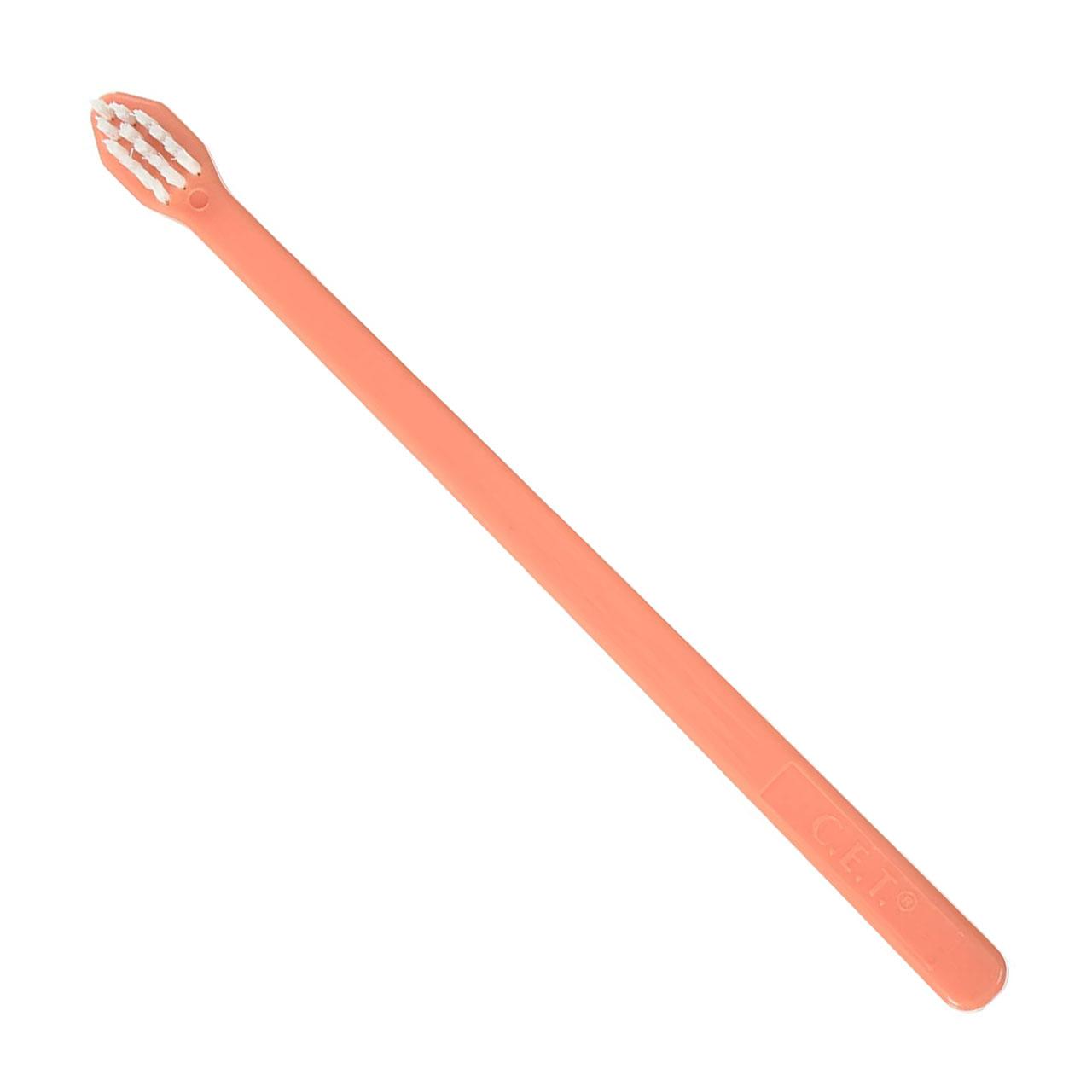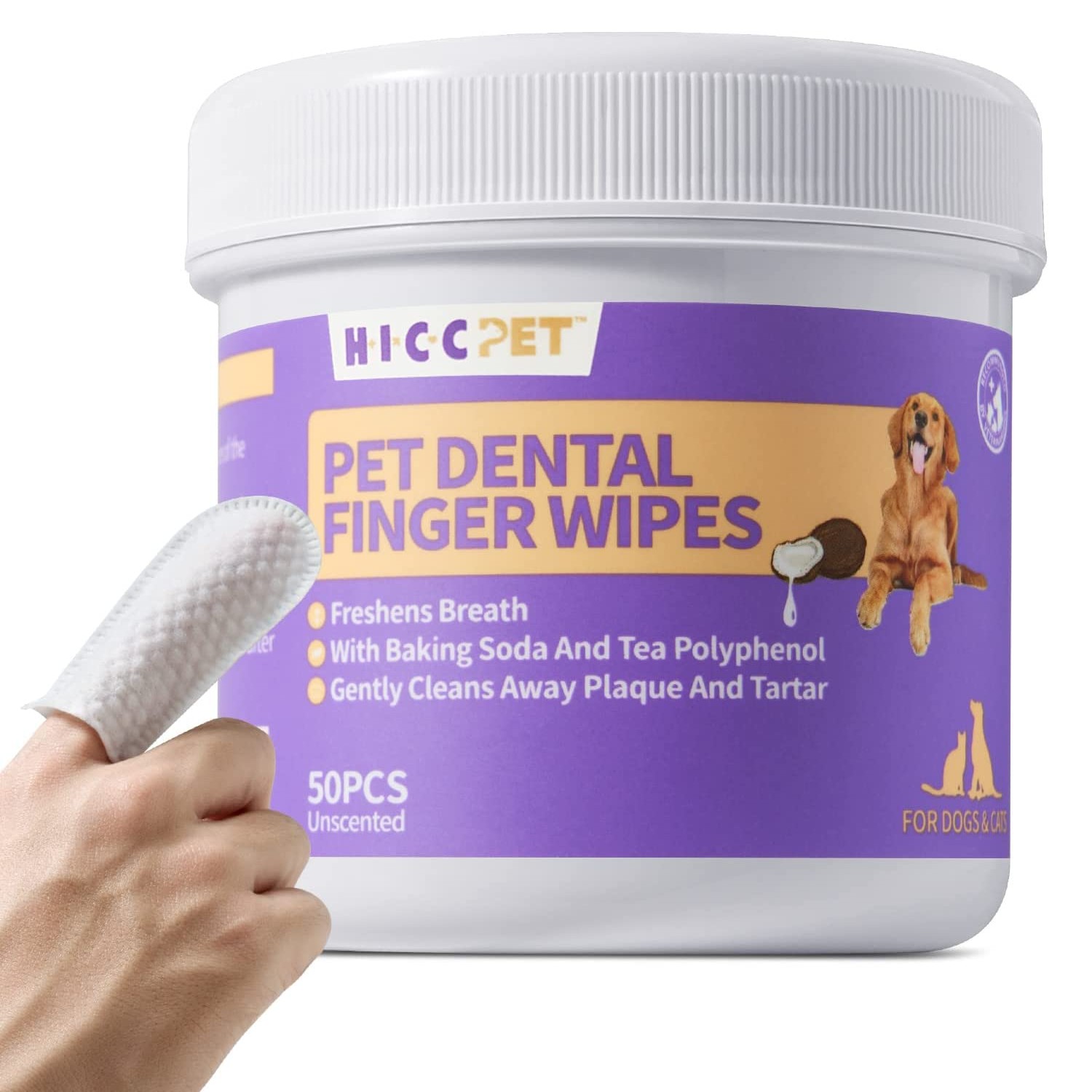Approximately 70% of cats over the age of 2 experience some form of dental disease. This can cause oral pain and possible tooth loss. It can also lead to other serious health conditions. Fortunately, there are things you can do to take care of your cat's teeth to prevent dental disease and the complications it can cause.
Why Is Feline Dental Health Important?
You probably know that, after you eat, residue from your food can form a sticky film called plaque on your teeth. You probably also know that plaque can harden into tartar. The same is true for cats.
In humans, plaque and tartar can lead to tooth decay. In cats, the problem is more that the hardened residue can irritate the gums. This can lead to gingivitis, a mild form of periodontal disease that is usually reversible. However, gingivitis can progress to more advanced periodontal disease that affects the underlying bone and tissue of the mouth. The more advanced damage to the underlying tissues is not reversible, and the only treatment option may be to have the cat's teeth surgically removed.
Dental disease in cats can also lead to other serious chronic health issues, including the following:
• Diabetes
• Heart disease
• Kidney disease
• Liver disease
Conditions such as these may shorten your cat's life and cause debilitating symptoms of chronic pain.
How Do You Brush Your Cat's Teeth?
To protect your cat's oral health and prevent dental disease, you should brush your cat's teeth regularly. However, you need to gradually introduce him to the process so he gets used to the idea of you handling his mouth and teeth. Otherwise, he may get scared and react negatively as a self-defense mechanism.
First of all, make sure you get the right materials. Toothpaste made for humans has ingredients that may be toxic to felines, so be sure you only use toothpaste made for cats. Pet toothpaste also has flavors that are more appealing to feline tastes. You can introduce your cat to the toothpaste by putting a little bit on your finger and allowing her to lick it off. Don't put your finger in her mouth at this point; just put your finger with the toothpaste on it near her nose and allow her to decide to lick it off.
Feline toothbrushes are a little smaller than normal toothbrushes and fit more comfortably into a cat's mouth. Introduce the toothbrush slowly, putting it near your cat and allowing him to investigate it by sniffing and pawing at it. Reward him with a treat so he forms a positive association with the toothbrush.
When your cat is calm and relaxed, start trying to gently lift her lips and put your fingers in her mouth. Stop before your cat becomes agitated, and give her a treat. As your cat gets used to this somewhat invasive handling, you can start pulling up her lips and massaging her gums as you leave your fingers in her mouth for longer intervals.
When you brush your cat's teeth, you don't have to brush the insides as you would your own teeth; only the outside surface that faces the cheeks. Once your cat is used to you handling his mouth, put a little toothpaste on the toothbrush, place him in your lap, lift his lips, and gently start brushing the large teeth in the front of his mouth.
Pay attention to your cat's demeanor and stop before she starts to get agitated. Give her a treat to reward her for her calm behavior. You may only be able to brush the large front teeth in this first session, and that's fine. As your cat becomes acclimated to the process and forms positive associations with it, you'll eventually be able to brush all her teeth. The key is to be patient and proceed at your cat's pace.
Ideally, you should brush your cat's teeth every day. However, this may not be practical. At a minimum, you should brush your cat's teeth three times per week.
What Else Can You Do To Improve Your Cat's Dental Health?
It may take weeks or months to acclimate your cat to having his teeth brushed. There are things you can do in the interim, and in addition to brushing, to keep his mouth healthy.
Obviously, cats in the wild don't have their teeth brushed by humans. Gnawing on bones or chewing on grass knocks the plaque off their teeth and keeps their mouth clean. An alternative for domestic cats is for them to eat hard kibble or cat treats to clean their teeth. The size and shape of dental cat treats require cats to chew them. If cats swallow the kibble or treats whole, they won't do anything to clean their teeth.
There are additives that you can put in your cat's water to reduce plaque. These additives have enzymes that prevent plaque from forming on your cat's teeth by neutralizing the acid that forms as the food your cat eats starts breaking down.
While it is best to introduce your cat to toothbrushing as a kitten, this may not be possible if your pet was older when you adopted her. It may be that your kitty has already formed a negative association with toothbrushes. If that's the case, you may have more success with dental finger wipes for cats. These have cleaning ingredients and look different from toothbrushes, so hopefully, they won't trigger your cat.
At your cat's regular check-up, your vet will inspect your cat's teeth and may recommend a dental cleaning to remove tartar and plaque.



















